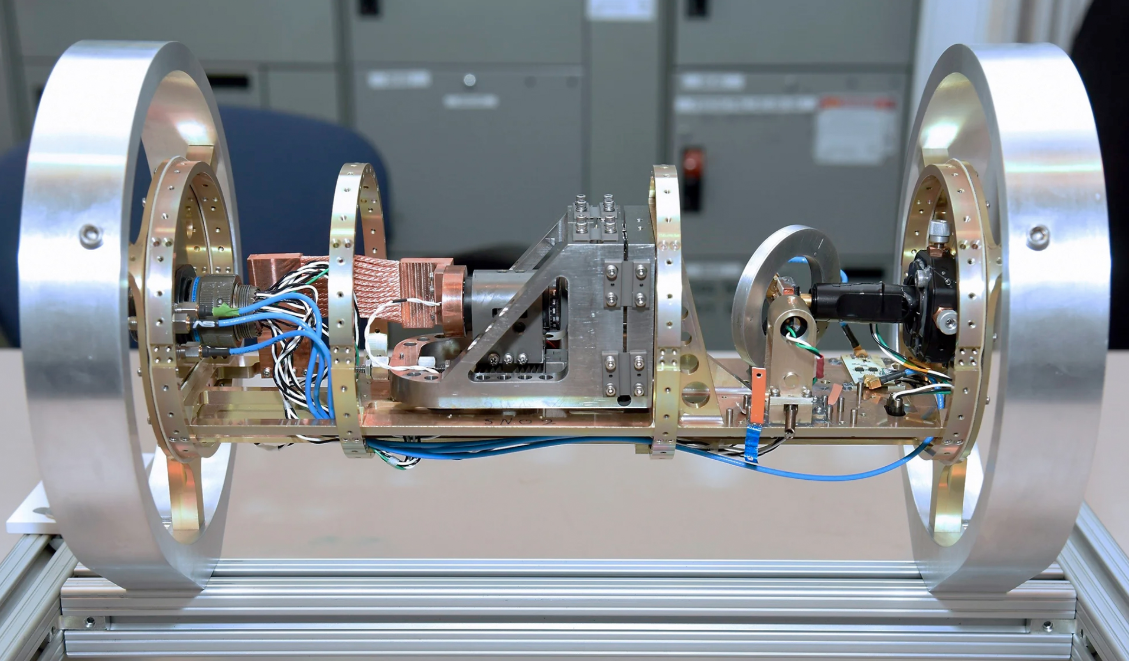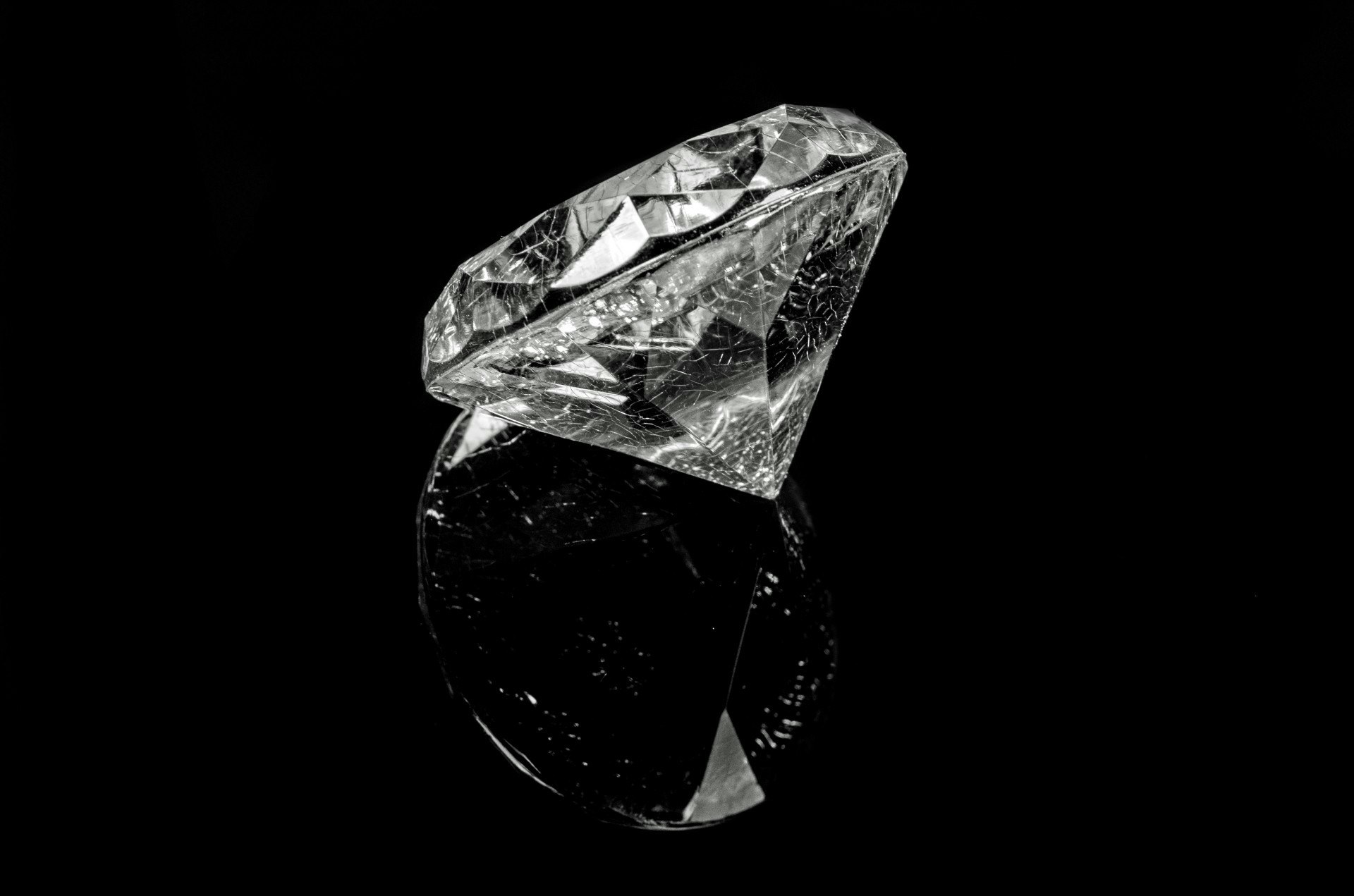What if you could use diamonds instead of GPS to navigate? It is a proposition that has all the elements of a James Bond thriller: quantum mechanics, high-tech gemstones and, yes, spies. Introducing, quantum diamonds.
Lockheed Martin, the US defence contractor and Europe’s Element Six, the synthetic diamond-producing arm of diamond company De Beers, are working on a navigation technology that would be perfect for covert operations, because it is untraceable.
The project even has the perfect spy-thriller name: Dark Ice.
“The technology is totally passive, it doesn’t signal or transmit anything. It can’t be hacked or jammed. A nuclear blast might jam it, but not a lot else,” says Michael DiMario, principal engineer on the project at Lockheed Martin.
They have created a prototype device — a quantum magnetometer about the size of a large shoebox — that uses synthetic diamonds engineered to have quantum properties to measure the direction and strength of tiny, almost imperceptible anomalies in the Earth's magnetic field. Combine this with a magnetic field map and you can pinpoint your location on the planet down to the closest — in theory — 50 metres or so.
There haven’t been a lot of alternatives to GPS up to now.
A system built on quantum diamonds is not as precise as GPS, which has an accuracy of a few metres, admits DiMario. But it can work in conditions where GPS cannot — underwater and underground, for example. Or when you need to ensure you aren’t tracked or want to make sure your navigation devices aren’t being jammed or interfered with.
“There haven’t been a lot of alternatives to GPS up to now,” says DiMario. “That is why there is so much interest in quantum diamonds.” There is a real concern about the vulnerabilities of GPS, after reports emerged earlier this year that Russia had started hacking the global navigation satellite system on a mass scale to confuse planes and ships about where they are. More prosaically, in 2013 Newark airport found its satellite navigation systems incapacitated by a truck driver using an illegal, $100 jamming device.
The project even has the perfect spy-thriller name: Dark Ice.
Navigation devices are a large potential market for engineered diamonds. The discovery that synthetic diamonds can be engineered to have tiny atomic holes in them, replacing one of the carbon atoms in the lattice with a nitrogen atom — called nitrogen-deficiency, or NV — has opened a new realm of possibilities for materials science.
NV diamonds have a range of unique properties. They can, for example, be used to manage the quantum bits needed in quantum computing without the need for supercooling.

You can do all the things you need with a quantum bit but you can also control it. The really unique thing is you can do it at room temperature.
“That is why people are excited about quantum diamonds — you can do all the things you need with a quantum bit but you can also control it. The really unique thing is you can do it at room temperature,” says Andrew Bennett, head of application engineering at Element Six. Element Six has been at the forefront of developing and figuring out how to mass produce these kinds of precision-engineered gems.
Quantum computing uses, however, are still at a very early stage, a decade or more away from any mass adoption.
The magnetic properties of engineered diamonds are likely to be commercialised first. Researchers at the University of Melbourne, for example, are working on increasing the accuracy of MRI scans using NV diamonds. Other projects involve looking at using quantum diamonds for magnet-based communications in areas where it is hard for radio signals to reach.
But diamond-based navigation could come soonest of all. DiMario, who has been developing the quantum magnetometer for 5 years, says it could be ready for mass manufacturing and use in another three years (although he adds a caveat that several difficult engineering problems, mainly to do with calibration, are still unresolved).

The first uses are likely to be military, but there has also been interest from the oil and gas industry.
The first uses are likely to be military — one of the problems DiMario is working on is how to filter out the magnetic field generated by all the metal found on an aircraft carrier or battleship. But there has also been interest from the oil and gas industry, who see potential for using the technology in underwater exploration.
“Bulk magnetometry could be commercially exciting, with revenues making a difference to Element Six within five years,” says Bennett. Element Six, based in Harwell in Oxfordshire, is a $500m business but most of the revenues come from making diamonds for industrial use — mainly for grinding and polishing. Quantum diamonds is an area they have worked on since 2007.
Element Six is hoping to become one of the big suppliers to the technology industry if the sector does begin a switch away from silicon and towards diamond-based quantum computers and other devices. It has opened a production facility in Santa Clara and will open another in Portland, Oregon in October as part of a strategy to be closer to such customers.
One of the remaining challenges with quantum diamonds is industrialising their production. Bennett says Element Six can tailor-make diamonds with great accuracy and can crank out thousands of them a week. But quality control — checking that each gem really has the properties it needs to have — quickly and at industrial scale is still a challenge.


